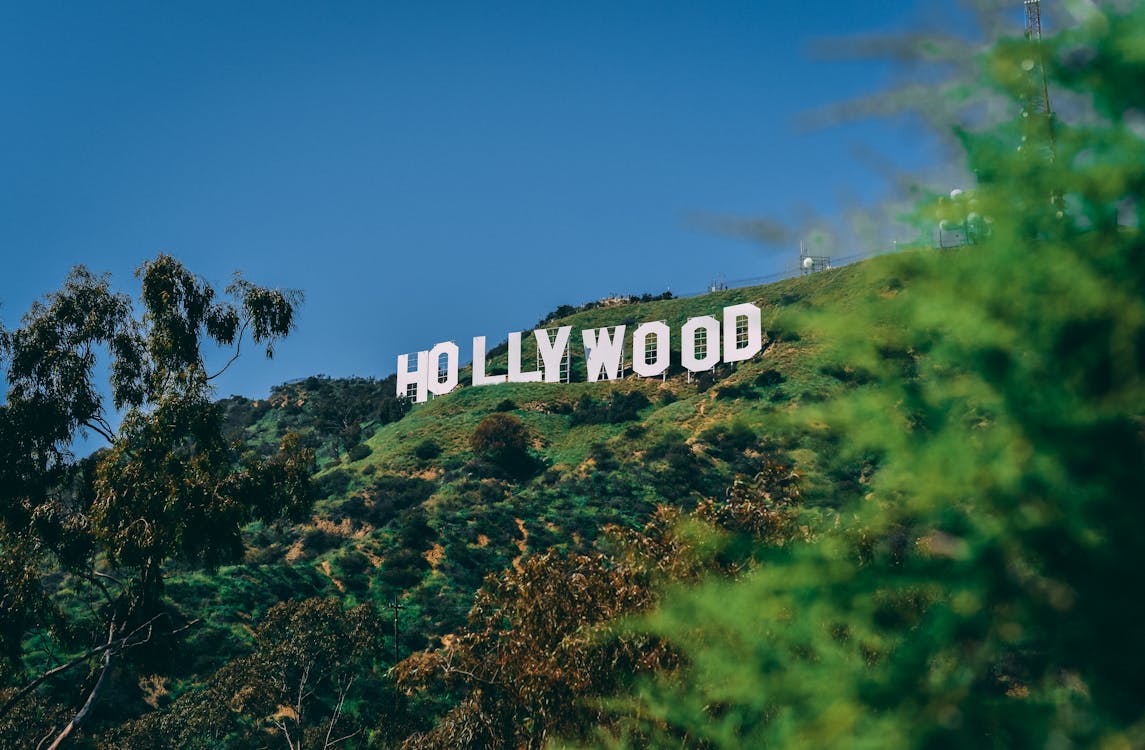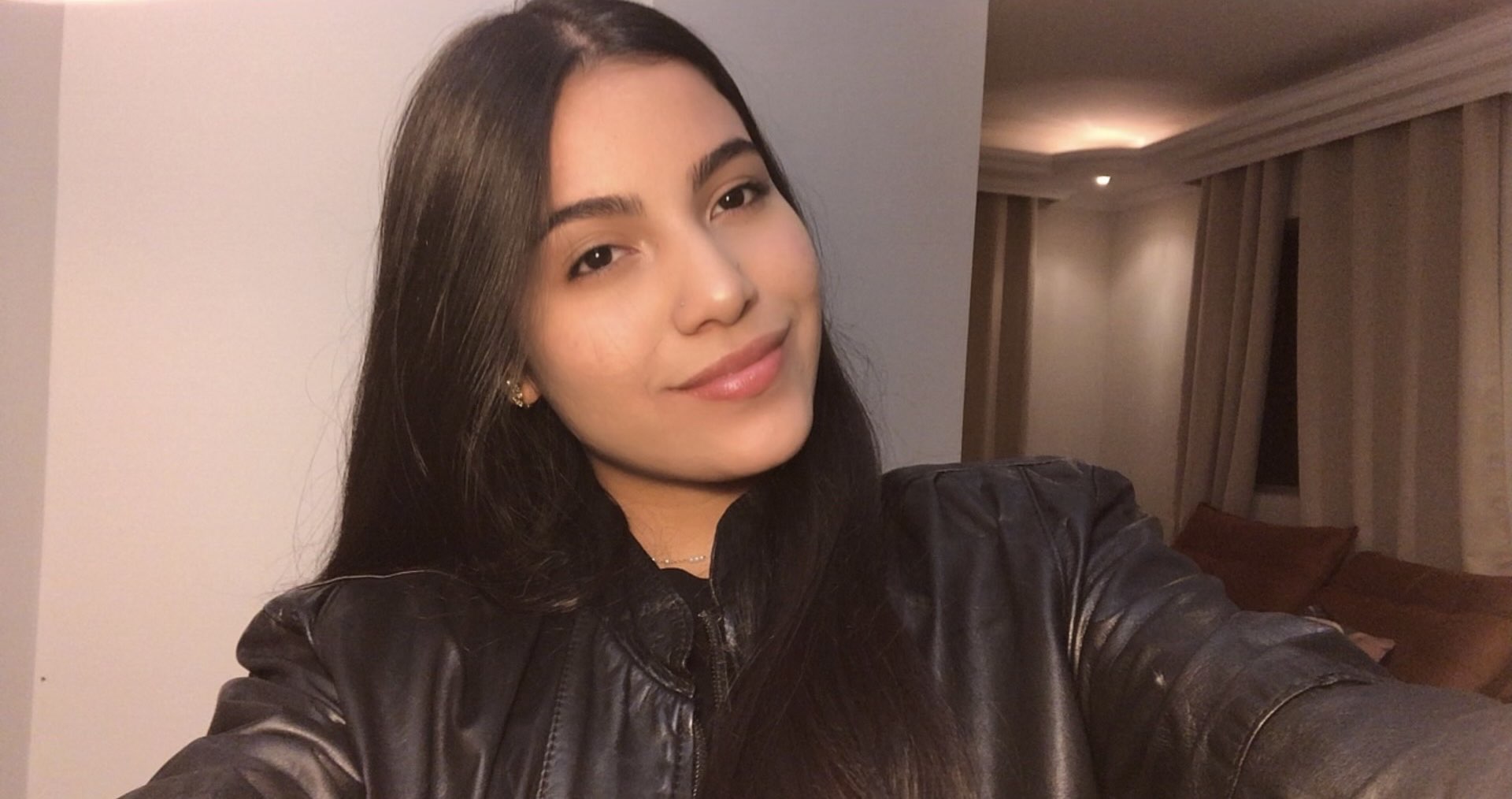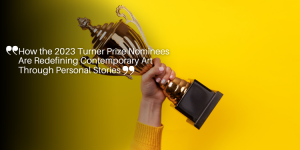From Strike Target to Oscar Tool: How AI Transformed Hollywood’s Landscape in 2025
The Great AI Reversal: From Hollywood’s Enemy to Ally
Just two years ago, Hollywood was embroiled in intense strikes, staunchly opposing the integration of AI in film and television production.
Actors, writers, and creators raised their voices against what they perceived as a looming threat to their livelihoods.
Yet, in a dramatic turn of events, AI has since found a new role: a potent ally in creating Oscar-winning films.

Hollywood’s Dramatic Shift
The shift from vehement opposition to widespread adoption is nothing short of remarkable. In the early 2020s, AI was seen as enemy number one, with fears of job displacement and the devaluation of creative labor.
However, the landscape has changed rapidly. By 2025, AI has moved from being a contentious issue to a widely accepted and celebrated tool in the industry.
AI technology is now honored in films that have secured accolades at the Oscars, transforming from a feared disruptor to an essential element of modern filmmaking.
| 💡 Category | Before | After (Evolution) |
|---|---|---|
| 🎥 AI Filmmaking Investment | Minimal investment, limited technology | $400 million investment by Joe & Anthony Russo |
| 🤖 AI in Hollywood | Villainous or harmful AI (e.g., “The Terminator”) | AI as a tool for filmmaking and collaboration |
| 🌐 Technological Acceptance | Fear and resistance to AI | Broad acceptance and integration into creative industries |
A New Ally in Filmmaking 🎬
AI’s role in Hollywood extends beyond mere production efficiency.
It encompasses innovative applications that enhance creative possibilities. For example, AI has been deployed for voice alteration and accent enhancement in Oscar-nominated films. 🏆
Prominent actors like Tom Hanks and Harrison Ford have benefitted from AI-driven de-aging technology, allowing for more versatile and immersive storytelling.
Undoubtedly, these advancements have elevated the art form, enabling creators to push boundaries that were once considered insurmountable. 🌟
Furthermore, AI-driven tools like Moonvalley’s Marey have introduced a ‘clean’ approach to content creation. By ensuring that all used content is acquired with the creators’ consent, Marey addresses some of the ethical concerns that initially fueled resistance to AI integration.
This approach has won over many skeptics, showing that AI can be integrated responsibly within the industry.
As Hollywood continues to navigate the integration of AI, balancing technological innovation with the preservation of artistic integrity remains crucial.
The industry’s journey from fierce opposition to enthusiastic adoption of AI serves as a testament to its adaptability. 🔄
The future promises further exploration of AI’s potential to democratize filmmaking, making high-quality production tools accessible to a broader array of creators while maintaining a commitment to ethical practices that honor human creativity.
AI’s Current Impact on Film Production 🎬
The integration of artificial intelligence in Hollywood has had a transformative effect on film production.
The technology has evolved to be more than just a functional tool; it has become an essential asset in creating Oscar-nominated performances and enhancing storytelling capabilities.
Voice Alteration and Accent Enhancement 🎙️
One of the most noteworthy applications of AI in film is its ability to alter voices and fine-tune accents.
In the Oscar-nominated film “The Brutalist,” actor Adrian Brody clinched an Academy Award for his role, where AI significantly contributed by fine-tuning his Hungarian accent, making his performance more authentic and immersive.
In another instance, AI was utilized in the film “Emilia Perez” to alter voices, showcasing the technology’s potential to redefine audio aesthetics in cinema.
De-Aging Technology ⏳
AI’s capability to de-age actors has revolutionized the way filmmakers approach period pieces and sequels.
Legendary actors like Tom Hanks and Harrison Ford have benefited from AI de-aging, allowing them to play younger versions of themselves convincingly.
The technology, which seamlessly reduces the apparent age of actors, ensures character continuity and authenticity without relying on extensive makeup or younger look-alikes.
This has been game-changing in movies that involve flashbacks or prolonged timelines featuring the same characters.
Moonvalley’s AI Tool Marey 🌱
Amid the growing concerns about the ethical use of AI, Moonvalley’s AI generator tool Marey stands out with its ‘clean’ approach to content creation.
Marey operates by acquiring footage with the consent of filmmakers, ensuring the ethical use of content while promoting innovation.
This clean and consent-based model reassures the industry that AI can be utilized responsibly without overstepping ethical boundaries.
Co-founder Bryn Mooser emphasizes the importance of artists being at the heart of this technology, ensuring that creators are compensated and their intellectual property is respected.
Marey aims to empower filmmakers to create high-quality content on lower budgets, democratizing access to advanced filmmaking tools and potentially unearthing the next wave of notable directors and screenwriters.
As AI continues to revolutionize film production, the conversation around its use is evolving.
There’s a growing recognition that when done right, AI can enhance human creativity rather than replace it.
This balance between innovation and ethics will be critical as Hollywood navigates the future of AI in filmmaking.
The Copyright Controversy ⚖️
Legal Battlegrounds in AI Training 📚
The relationship between artificial intelligence and copyright law has become a heated battleground, pitting tech giants against Hollywood creators. At the core of this controversy is how AI companies, like OpenAI and Google, train their models using copyrighted material.
Legal challenges have arisen as creators argue that their work is being used without consent, infringing on their intellectual property rights.
Lawsuits from writers, actors, and news organizations allege that their work is being exploited under the guise of technological advancement, demanding accountability from these tech entities.
The ‘Fair Use’ Argument
Tech companies assert that for AI to flourish, particularly against international competitors like China, there needs to be a liberal interpretation of ‘fair use’ in copyright law.
They argue that accessing a wide range of cultural works is crucial for keeping AI advancements on par with global standards.
The tech sector sees the existing US copyright laws as barriers to innovation and competitiveness, advocating for their loosening to allow copyrighted art, such as animations and film scripts, in AI training datasets.
Hollywood’s Staunch Resistance
Hollywood’s creators and unions have mobilized against this perceived overreach.
Many view unauthorized usage of their content as a threat to the industry’s integrity, fearing future job losses and a dilution of creative control.
The stakes are high, as the entertainment industry is a major employment pillar in the US, supporting over 2.3 million jobs.
Hollywood heavyweights, along with notable creators, have voiced their concerns, emphasizing that America’s AI leadership should not come at the expense of the creative arts.
Influential figures, including actress/writer Natasha Lyonne and multiple Hollywood A-listers, have strongly opposed any policy shifts that would undermine existing copyright protections.
The Path Forward 🚶♂️
As these debates unfold, the industry must contemplate a path that harmoniously integrates AI with existing creative frameworks.
Ensuring that technological innovation does not eclipse human artistry is imperative.
Moving forward, the spotlight will be on how both sides negotiate terms that could either perpetuate legal battles or lead to collaborative solutions.
As Hollywood grapples with these challenges, the focus shifts to broader implications for the future of entertainment. 🌟
Job Security and Industry Concerns 💼
Vulnerable Roles in the Film Industry 🎭
AI has brought immense possibilities to Hollywood, but it also poses a significant threat to job security, especially for background actors and other supporting roles.
Ranked by AI as the most vulnerable, background actors fear being replaced by algorithms that can now convincingly simulate human appearances and interactions.
The allure of lower costs and efficiency without the hassle of dealing with human schedules makes AI-generated extras an attractive alternative for production studios, potentially endangering thousands of jobs. ⚠️
The concern extends beyond extras, with an eye on roles that reside behind the scenes, too. Jobs such as script editors and assistant directors who engage in more mechanical tasks may face automation.
In response, many in these roles are campaigning for transparency and regulations to secure their presence in future projects, emphasizing that human intuition in storytelling is indispensable and irreplaceable.
Protests Emergence in the Gaming Industry 🎮
The concern over AI cutting into human livelihoods is echoed loudly by video game voice actors.
Recently, a surge in protests has materialized against the replication of actors’ voices by AI tech without consent. For actors, their voices are not just a tool but an extension of their craft and identity.
The replication without consulting them not only tarnishes their artistic expressions but also threatens job security in an industry that thrives on unique performances. 🎙️
These actors are now demanding guarantees that their voices and likenesses aren’t exploited unlawfully to train AI models that might eventually replace them.
This has sparked conversations around the ethical considerations of AI in entertainment and the necessity for strict contracts in protecting talent.
Augmentation or Replacement: The Ongoing Debate 🔄
The debate over AI’s capacity to replace human creativity vs. augmenting it continues to rage across the industry.
While some hail AI as a pivotal tool that can democratize filmmaking by making high-tech resources accessible to independent creators, others caution against a future where technology overshadows human creativity.
Proponents of AI argue that it should be seen as a collaborator, enhancing human creativity by taking over routine tasks, thus allowing artists to focus on what they do best: create. 🎨
Hollywood needs to strike a delicate balance, ensuring that technological innovation does not eclipse artistic authenticity.
Many industry leaders believe that collaboration between humans and AI can result in groundbreaking content that preserves human essence while leveraging technological prowess.
By prioritizing innovation that serves people and their creative visions, the industry moves toward a future filled with possibilities yet grounded in ethical considerations.
As AI continues to evolve, the collective call intensifies for a harmonized approach that honors not only technological advancement but also the irreplaceable value of human talent.
Such balance will be central to the industry’s efforts in navigating AI’s role without stifling creative roots. 🎬
The Future of AI in Hollywood 🎥
As AI technology continues to transform Hollywood, it’s insightful to consider how it might democratize filmmaking and strike a balance between innovation and artistic integrity.
The journey of AI’s influence in this industry is a fascinating one, brimming with both opportunities and challenges for filmmakers. 🚀
Potential Democratization of Filmmaking 🌍
The integration of AI has opened new doors for aspiring filmmakers who previously lacked the resources to produce high-quality films.
AI tools, like those being developed by the Marvel directors with their massive $400 million investment, have the potential to make sophisticated filmmaking technology accessible to creators with limited budgets.
By leveraging AI-generated video, sound, and special effects, emerging filmmakers can achieve production values previously only attainable by big studios.
Moonvalley’s AI tool Marey is an excellent example. Its ‘clean’ approach to content creation—acquiring footage with consent and ensuring artist compensation—shows that the technology can be both ethical and powerful.
This could empower indie filmmakers, fostering creativity and innovation even in the absence of large-scale financial backing. 🎬
Balancing Technological Innovation and Artistic Integrity ⚖️
While technological advancements are exciting, they must be balanced with preserving the essence of artistic creativity.
More and more AI-generated elements are being incorporated into films, such as voice alterations and de-aging techniques for actors.
These tools undoubtedly enhance storytelling but raise questions about maintaining the authentic touch that human creativity brings. 🎨
Filmmakers like Naeem Talukdar emphasize the importance of placing artists at the center of these technological changes.
As Talukdar puts it, technology should be subservient to the artist, not the other way around. It’s crucial that AI serves as a tool to assist human creativity rather than overshadow it.
Industry’s Push for Responsible AI Integration
The push for responsible AI integration in Hollywood is growing stronger.
The industry advocates for the technology to be developed and used ethically, ensuring that artists are not sidelined by big tech companies.
The current trend is a collaborative approach where artists and technologists work together to explore AI’s potential in enhancing creativity without compromising job security or creative integrity.
Overall, while AI offers transformative potential for the film industry, the road ahead must be navigated thoughtfully.
By striking a careful balance between embracing new technologies and upholding the irreplaceable value of human creativity, Hollywood can lead the way in both innovation and integrity.







